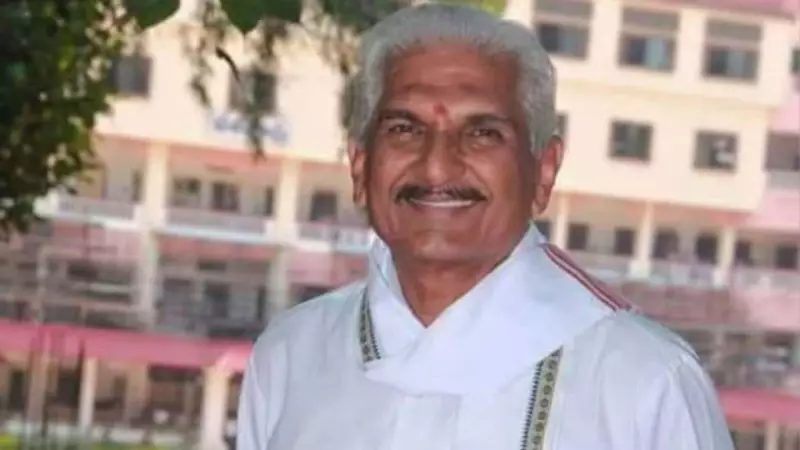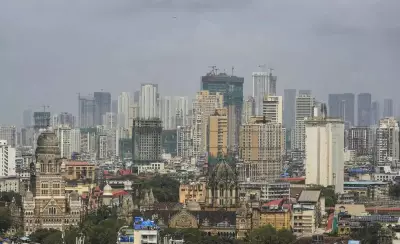
A startling revelation from the Groundwater Surveys and Development Agency (GSDA) has exposed a severe water crisis unfolding in Pune district. According to their comprehensive study, the region has witnessed the alarming disappearance of 70 natural springs and 172 streams over recent years, signaling an urgent environmental emergency.
The Vanishing Water Bodies
The GSDA survey, conducted across Pune's diverse topography, documented only 48 natural springs remaining active today. This represents a dramatic reduction from the 118 springs that once sustained local ecosystems and communities. Similarly, the number of flowing streams has plummeted from 295 to just 123, painting a grim picture of the district's deteriorating water security.
Geographical Distribution of the Crisis
The water scarcity isn't uniform across Pune. The eastern regions, particularly Indapur and Baramati, face the most critical situation. Here, groundwater levels have plunged to depths of 200-250 meters, creating what experts describe as "water poverty" zones where communities struggle to access even basic drinking water.
GSDA superintending engineer M K Diwate explained, "Our study categorizes areas based on groundwater availability. While western parts like Khed, Junnar, Ambegaon, and Maval still maintain moderate water security, the eastern belt faces an unprecedented crisis that demands immediate intervention."
Root Causes Behind the Disappearance
Several factors contribute to this environmental disaster:
- Unsustainable Extraction: Rampant well digging and excessive groundwater withdrawal for agriculture and urban development
- Changing Rainfall Patterns: Irregular monsoon seasons affecting natural recharge cycles
- Urban Encroachment: Construction and development projects disrupting natural watersheds
- Deforestation: Loss of green cover reducing water retention capacity
Conservation Efforts and Solutions
The GSDA has initiated several measures to combat this crisis, including:
- Implementing groundwater recharge projects in critical zones
- Promoting water harvesting structures in villages
- Developing spring sanctuary programs to protect remaining water sources
- Creating awareness about sustainable water usage practices
Expert Recommendations for Recovery
Water resource specialists emphasize that reversing this trend requires a multi-pronged approach. They recommend strict regulation of groundwater extraction, revival of traditional water conservation methods, and community-led initiatives to protect remaining springs and streams.
The time to act is now, before Pune's precious water heritage becomes just a memory in history books.





